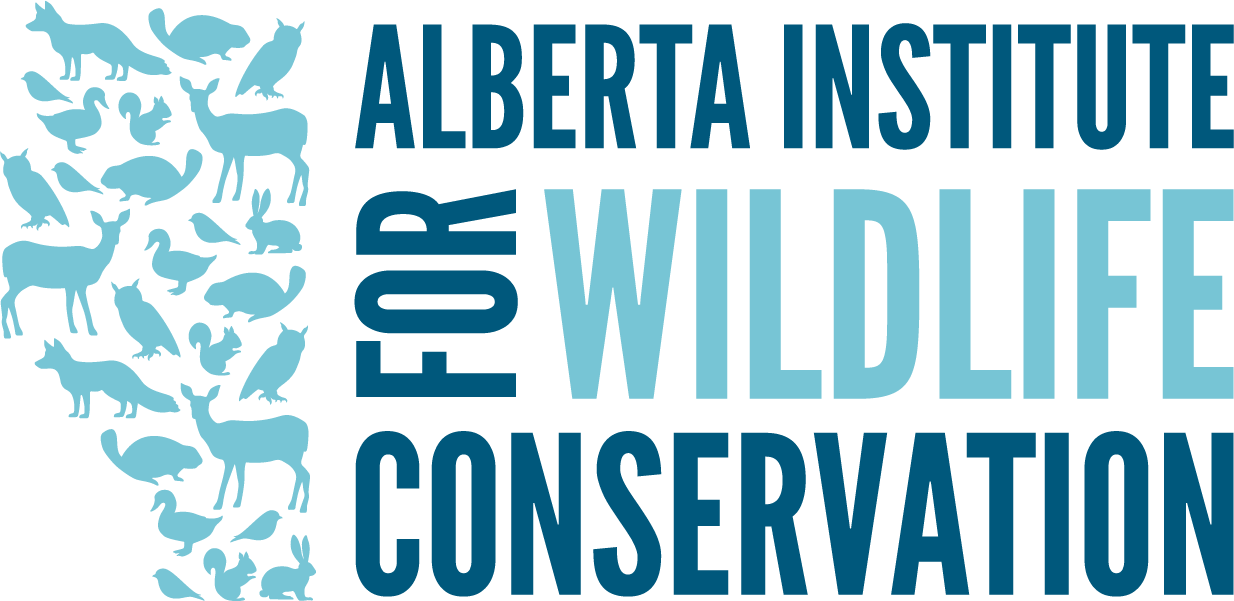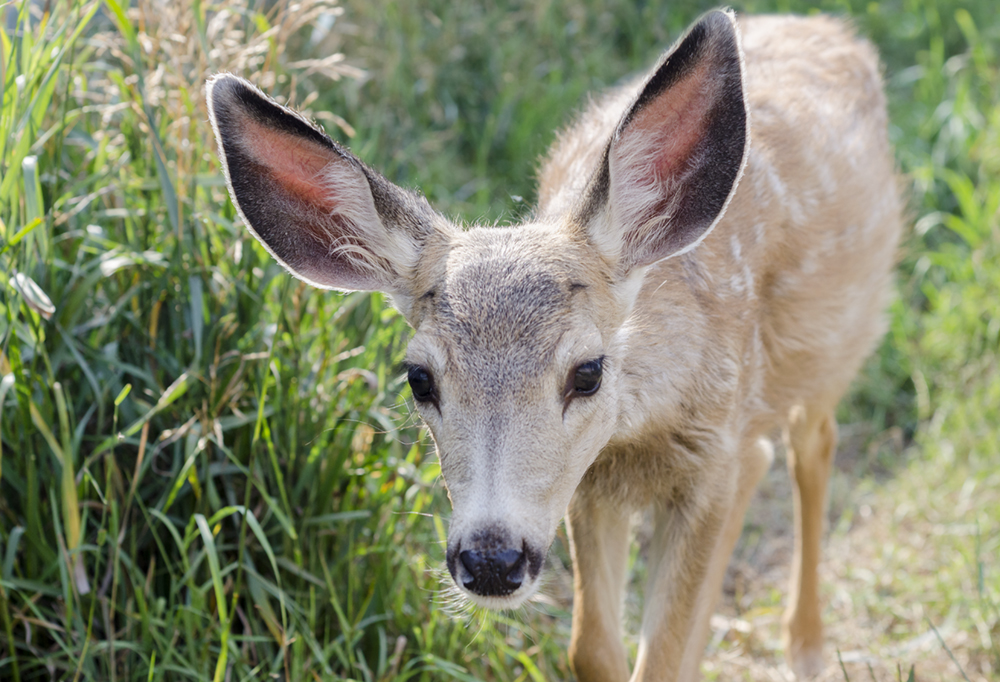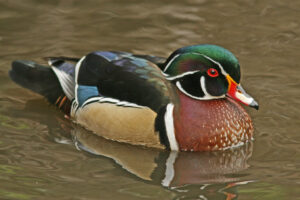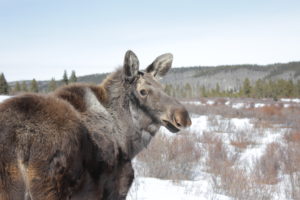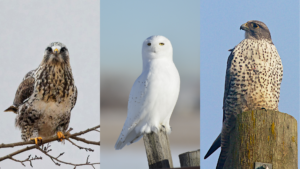By Willow Pawlak
Although some animals are considered a nuisance in gardens and crop fields, their presence, and that of other wildlife, can be useful. The natural behaviours of many species benefit the plants and environments they forage in and travel through – an example of ecosystem services.
Ecosystem Services
As animals, plants, water and weather interact, the planet is kept healthy. Marshes filter and store water, global temperatures are regulated by heat absorption in the oceans and sediments weathered down by rain and wind add minerals to the soil1. Ecosystem services are any natural processes that support a clean, well-functioning environment1. They are especially noticeable when absent – air and water are dirtier, crops fail, and costly replacements might be necessary. In places where biodiversity has decreased, the efficacy of ecosystem services can suffer1. That’s one reason why the conservation of individual animal and plant species, as well as entire communities, is so important.
Among these services, those provided to farmers and gardeners are notable as they help feed the human population. Pollination, nutrient cycling, and pest control performed by animals contributes to strong crops and reduce costs associated with agriculture.
Pollination
In order for seed-bearing plants to reproduce, pollen grains need to travel to and fertilize the ovules of the same species. This process is called pollination. Two types of pollination occur: self-pollination, which only requires one individual, and cross-pollination, in which the genes of two individuals must combine2. Cross-pollination can be accomplished by wind and water in some species2. But for most trees, grasses and flowers, animals are required to transport the pollen grains from one plant to another2. While bees are the best-known and most significant pollinator worldwide, other insects, bats and birds such as hummingbirds contribute2. As they forage for pollen, nectar or insects on flowers, microscopic spines on the pollen grains adhere to their hair, feathers and skin2. When the animal rubs against another object, – like the sticky end of the carpel, a tube-like part of a flower – pollen drops off2. Pollen that enters the carpel encounters female gametes, fertilizes them, and develops seeds2.
Though grains are self-pollinating, fruit and alfalfa require manual pollination to produce. Without animals to do the job, the cost to the farmer can be devastating. A real-life example began in Sichuan, in southwest China, in the 1980s3. Apple orchards were abundant at a time when pollinator populations were decreasing3. To make up for it, farmers hired extra workers to collect pollen by hand and transfer it between blossoms3. Though the endeavour was initially successful, it was costly and time-consuming3. Over time, a lack of willing labourers and difficulty keeping up with the narrow timeframe for pollination, caused apple production to decline3. Today, most farmers in the region raise self-pollinating crops instead3. Pollinators are specially adapted to do this job efficiently; therefore, maintaining their populations is essential where cross-pollinating crops are raised.
Nutrient Cycling
Crops and native grasses grazed by livestock require key nutrients like nitrogen, phosphorus, and carbon to grow and produce energy4. These enter an ecosystem through weathering sediments, water, or animals4. Although herbivores like deer aren’t always welcome in crop fields and gardens, they are useful for carrying nutrients from place to place. As they feed, they take in nutrients and what isn’t incorporated into their bodies for growth and energy is removed as scat or urine4. As deer and similar large animals move across the landscape, the nutrients they eat can be distributed across a large area and replenish crop-growing soils4. And when animals pass away, decomposition releases large concentrations of nutrients stored in their bodies4.
Pest Control
Keeping invertebrates, parasites, and other animals that spread disease, dig up or eat crops, out of agricultural areas is difficult, especially at large scales. However, many native pests have natural predators, for example, ladybugs, which are used to control aphids. Among vertebrates, frogs, birds, bats, skunks, badgers, foxes, and coyotes are examples of animals that feed on insects, both adults and larva, or rodents and other pests. Having just a few of these predators regularly hunting in an area can limit populations and gradually discourage prey from frequenting the same places5.
Conservation of wildlife helps preserve healthy ecosystems, which provide invaluable services for a functioning planet. In agriculture, wildlife help support crops through pollination, contribution to nutrient cycles, and pest control.
Footnotes
- Reece, Jane B., Lisa A. Urry, Michael L. Cain, Steven A. Wasserman, Peter V. Minorsky, Robert B. Jackson, Fiona Rawle, Dion Durnford, Chris Moyes, Sandra Walde, Kevin Scott. “Conservation Biology and Global Change.” In Campbell Biology, 2nd ed, 1320-1346. Don Mills, Ontario: Pearson Canada Inc., 2018.
- Reece, Jane B., Lisa A. Urry, Michael L. Cain, Steven A. Wasserman, Peter V. Minorsky, Robert B. Jackson, Fiona Rawle, Dion Durnford, Chris Moyes, Sandra Walde, Kevin Scott. “Angiosperm Reproduction and Biotechnology.” In Campbell Biology, 2nd ed, 866-887. Don Mills, Ontario: Pearson Canada Inc., 2018.
- Partap, Uma, and Tang Ya. “The Human Pollinators of Fruit Crops in Maoxian County, Sichuan, China.” Mountain Research and Development 32 no. 2 (2012): 176 -186. https://doi.org/10.1659/MRD-JOURNAL-D-11-00108.1.
- Reece, Jane B., Lisa A. Urry, Michael L. Cain, Steven A. Wasserman, Peter V. Minorsky, Robert B. Jackson, Fiona Rawle, Dion Durnford, Chris Moyes, Sandra Walde, Kevin Scott. “Ecosystems and Restoration Ecology.” In Campbell Biology, 2nd ed, 1299-1319. Don Mills, Ontario: Pearson Canada Inc., 2018.
- Alcock, John and Dustin R. Rubenstein. “Avoiding Predators and Finding Food.” In Animal Behavior, 11th ed, 184-217. New York: Oxford University Press, 2019.
